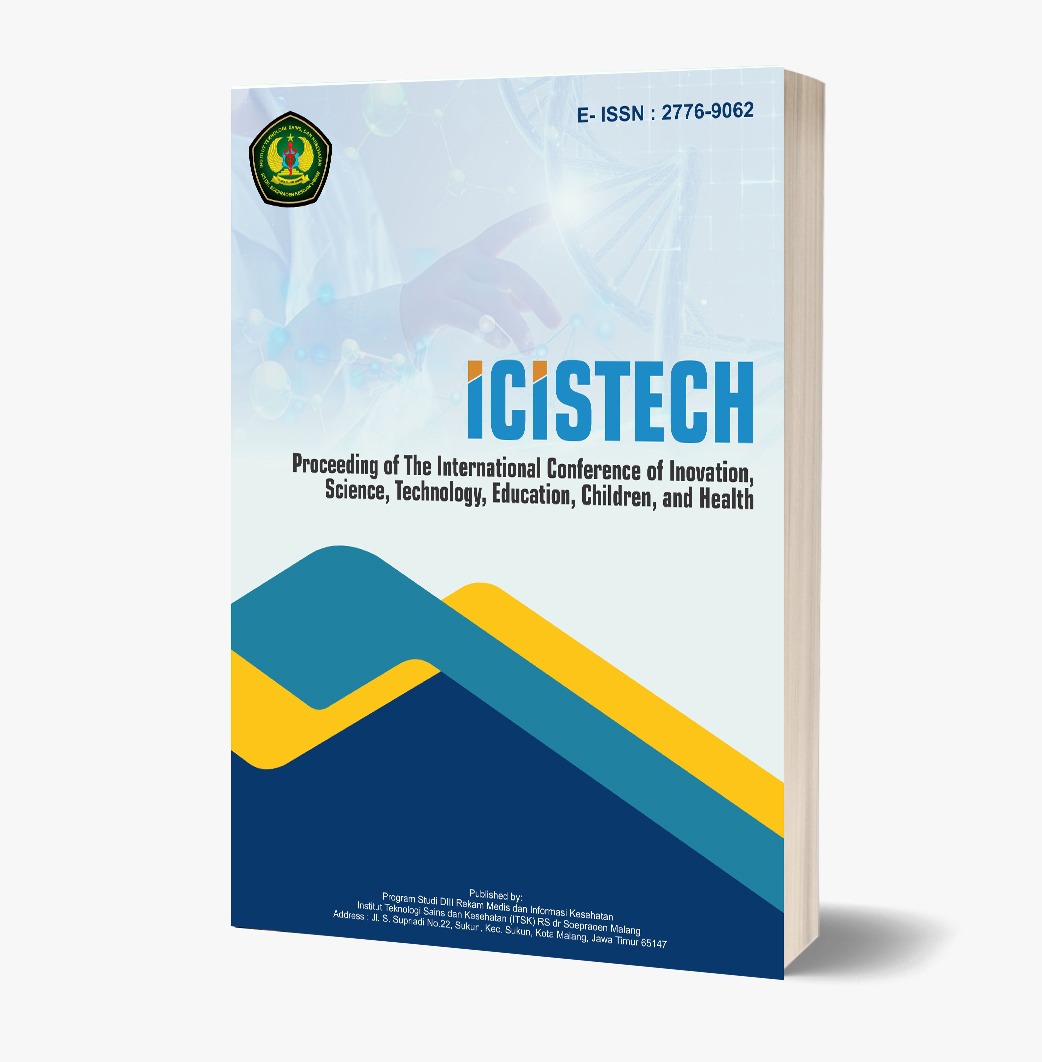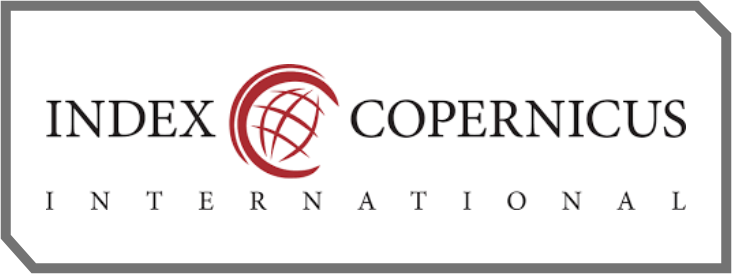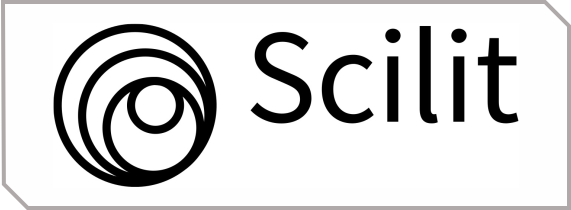An Experimental Analysis of Kenikir for Optimal Lactation : The Effectiveness of Cosmos Caudatus Extract on Postpartum Maternal Prolactin Hormone Levels
DOI:
https://doi.org/10.62951/icistech.v5i1.267Keywords:
Kenikir, Postpartum Mothers, Prolactin HormoneAbstract
Insufficient milk supply is one of the primary reasons for the discontinuation of exclusive breastfeeding, which poses a significant challenge to maternal and infant health. While kenikir (Cosmos caudatus) has long been used as a traditional remedy believed to help increase breast milk production, its direct effect on lactation has not been thoroughly studied. This research aimed to evaluate the impact of kenikir extract on prolactin hormone levels in postpartum mothers, which plays a key role in milk production. This was a true experimental study utilizing a pretest-posttest control group design. Kenikir extract served as the independent variable, and prolactin hormone levels were the dependent variable. A total of 40 postpartum mothers were included in the study, randomly divided into two groups: an intervention group that received 300 mg of kenikir extract daily for 14 days, and a control group with no treatment. The study analyzed within-group changes using the Paired T-Test and Wilcoxon test, and between-group differences were compared using the Mann-Whitney test. The results indicated that the intervention group experienced a significant increase in prolactin hormone levels, with an average of 44.70 ng/ml and a p-value of 0.0001. This shows that kenikir extract significantly enhances prolactin hormone secretion in postpartum mothers. These findings suggest that kenikir extract could be a promising natural remedy for increasing milk supply, offering an alternative or complementary approach to supporting lactating mothers. Further studies should be conducted to explore the long-term effects of kenikir extract on breastfeeding success and its potential role in promoting maternal and infant health.
References
Andarwulan, N., Batari, R., Sandrasari, D. A., Bolling, B., & Wijaya, H. (2010). Flavonoid content and antioxidant activity of various Indonesian vegetables. Food Chemistry, 121(4), 1231-1235. https://doi.org/10.1016/j.foodchem.2010.01.033
Bibi, S., Shah, M., Malik, M. O., & Goosens, K. A. (2021). The link between T3 and stress-associated prolactin reduction in lactating women. Journal of Neuroendocrinology, 33(8), e13003. https://doi.org/10.1111/jne.13003
Fitri, S. R., Lestari, B. C., Indriana, N. P. R. K., Meiranny, A., Hasyim, D. I., Saputri, N., & Prisusanti, R. D. (2024). Asuhan Kebidanan Neonatus: Bayi Balita dan Anak Prasekolah Berbasis Evidence Based Practice. PT. Sonpedia Publishing Indonesia.
Hill, P. D., Chatterton Jr, R. T., & Aldag, J. C. (1999). Breastfeeding and serum prolactin: A review of current scientific understanding. Biological Research for Nursing, 1(1), 65-75. https://doi.org/10.1177/109980049900100109
Ikhlasiah, M., Winarni, L. M., Poddar, S., & Bhaumik, A. (2020). Impact of papaya leaf juice consumption by breastfeeding and working mothers on prolactin levels and infant weight gain in Tangerang. Enfermería Clínica, 30, 202-205. https://doi.org/10.1016/j.enfcli.2019.11.054
Jayadeepa, R. M. (2011). In silico methods for identifying novel natural compounds that promote human breast milk secretion.
Kent, J. C. (2007). Understanding the physiological mechanisms of breastfeeding. Journal of Midwifery & Women's Health, 52(6), 564-570. https://doi.org/10.1016/j.jmwh.2007.04.007
Lawrence, R. A., & Lawrence, R. M. (2021). Breastfeeding: A comprehensive guide for medical professionals. Elsevier Health Sciences.
Pires, G. N., Andersen, M. L., Giovenardi, M., & Tufik, S. (2010). Sleep disturbances during pregnancy: Potential consequences for the mother-infant bond. Medical Hypotheses, 75(6), 578-582. https://doi.org/10.1016/j.mehy.2010.07.036
Prahesti, R., Sholihah, N. R., Jenderal, U., Yani, A., Barat, R., Gamping, A., Yogyakarta, S., Jenderal, U., Yani, A., & Barat, R. (2020). Coleus amboinicus L. (Torbangun leaf) consumption to enhance prolactin levels and breast milk production in lactating mothers. Jurnal Media Ilmu Kesehatan, 9(1), 21–25. https://doi.org/10.30989/mik.v9i1.335
Prisusanti, R. D. (2021). Metodologi Penelitian di Berbagai Bidang.
Prisusanti, R. D., Dewi, C., Kiriwenno, E., Prastiwi, R. S., & Epid, M. (2022). Kesehatan reproduksi dan kesehatan wanita. Yayasan Penerbit Muhammad Zaini.
Pujiastuti, R. S. E., Salsabila, D. I. B., & Anwar, M. C. (2022). The potential of moringa leaf cookies to improve breastmilk production in postpartum mothers. Open Access Macedonian Journal of Medical Sciences, 10(T8), 207–210. https://doi.org/10.3889/oamjms.2022.9494
Tušimová, E., Packová, D., Kováčik, A., Ondruška, Ľ., & Kolesárová, A. (2017). Investigating the potential stimulatory effect of quercetin on the secretion of selected pituitary hormones. Scientific Papers Animal Science and Biotechnologies, 50(1), 135.
World Health Organization (WHO). (2017). Guideline: Best practices for protecting, promoting, and supporting breastfeeding in maternal and newborn care facilities. World Health Organization.
Downloads
Published
How to Cite
Issue
Section
License
Copyright (c) 2025 Proceeding of The International Conference of Inovation, Science, Technology, Education, Children, and Health

This work is licensed under a Creative Commons Attribution-ShareAlike 4.0 International License.













